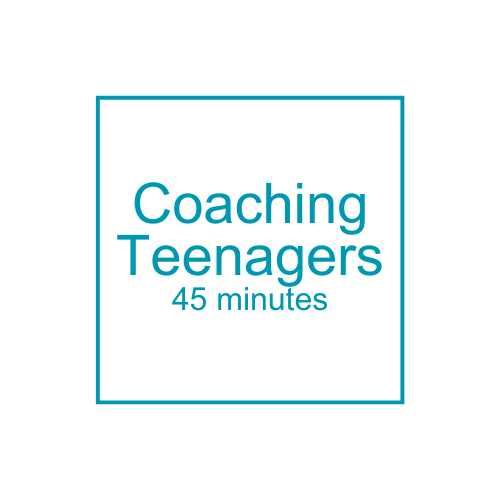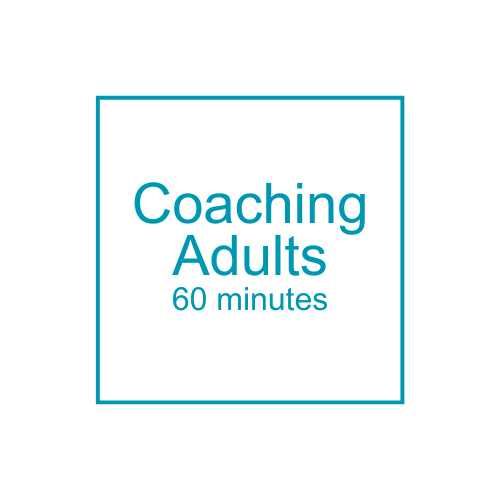How Diet and Environment Impacts Neurodiverse Individuals

The Link Between Gut Health and the Brain
The brain and gut are closely connected, which is often referred to as the “gut-brain connection.” This link can be especially important for neurodiverse individuals, like those with ADHD or autism.
Common Dietary Influences:
- - Blood Sugar Levels: A diet with too many processed foods and sugars can lead to energy spikes and crashes, making it harder to focus or control impulses for someone with ADHD.
- - Food Sensitivities: Some people are sensitive to gluten, dairy, or additives, which can cause issues like mood swings or digestive discomfort.
- - Missing Nutrients: Nutrients like omega-3 fatty acids, magnesium, iron, and zinc are key for brain health. Not getting enough of these can affect sleep, focus, and emotions.
- - Tip: Eating a balanced diet full of whole foods, including protein, fibre, and healthy fats, can help with anxiety, concentration, and emotional balance.
The Importance of a Supportive Environment
For neurodiverse individuals, the environment is not just background noise; it profoundly affects how they feel and function. An uncomfortable space can lead to anxiety or distress, while a well-designed environment can encourage calmness and focus.
Environmental Triggers:
- - Lighting: Bright fluorescent lights can be overwhelming. Natural light or soft, adjustable lighting is often more comfortable.
- - Noise: Sudden or loud sounds can trigger stress or sensory overload.
- - Clutter: Messy or busy spaces can make it difficult to concentrate and can be distracting.
- - Sensory Elements: Strong smells or certain textures can be unbearable and cause distress.
- - Tip: Create calming spaces by controlling noise, lighting, and personal space based on the individual’s sensory preferences.
How Diet and Environment Overlap
Many people don’t realise how diet and environment work together. For instance:
- A child eating sugary snacks in a loud, cluttered classroom may be more likely to behave disruptively due to feeling overwhelmed.
- An autistic adult in a noisy, odorous home may seem withdrawn due to feeling overloaded rather than being unfriendly.
- A teenager with ADHD, who skips breakfast and consumes lots of caffeine in a bright space, might seem unmotivated when they are actually struggling to focus.
Simple Changes That Can Help
- Keep a food and mood journal: Record what is eaten and how it affects behaviour or energy levels.
- - Assess the surroundings: Walk through spaces with heightened sensitivity in mind to identify overwhelming elements.
- - Ask the individual: Many people can pinpoint what helps or hinders them—engaging them in the conversation can be enlightening.
- - Remember hydration and sleep: Both are significantly affected by diet and environment and play a crucial role in mental performance.

When we discuss supporting neurodiverse individuals—those with ADHD, autism, sensory processing differences, and other cognitive variations—we often focus on therapy, education, and medical support. However, two important factors that can greatly affect how a neurodiverse person feels and performs on a daily basis are diet and the environment.
From my years of experience in the neurodiverse community, I’ve seen how changes in what we eat and our surroundings can make a big difference in someone’s well-being.
Supporting neurodiverse individuals goes beyond diagnosis and therapy; it’s about creating environments that allow them to thrive.
By focusing on diet and surroundings, we can make meaningful changes that positively impact daily living.
Whether it’s improving school lunches, adjusting workspaces, or changing the lighting at home, little adjustments can make a significant difference.
In nurturing the body and respecting sensory needs, we empower the mind.
Stay Quirky , Stay Brilliant !! 🧠🌈✨
Mrs Kelly Young DipHE Social Sciences
Neurodiverse Consultant
Neurodiversity Support
References:
McCann, D. et al. (2007). Food additives and hyperactive behaviour in 3-year-old and 8/9-year-old children in the community: a randomised, double-blinded, placebo-controlled trial. The Lancet, 370(9598), 1560–1567. https://doi.org/10.1016/S0140-6736(07)61306-3
Rucklidge, J.J. & Kaplan, B.J. (2016). Broad-spectrum micronutrient treatment for attention-deficit/hyperactivity disorder: current status of the research and implications for clinical practice. Current Opinion in Psychiatry, 29(4), 230–235.
Whiteley, P. et al. (2010). The ScanBrit randomised, controlled, single-blind study of a gluten- and casein-free dietary intervention for children with autism spectrum disorders. Nutritional Neuroscience, 13(2), 87–100.
Tavassoli, T. et al. (2014). Sensory over-responsivity in adults with autism spectrum conditions. Journal of Child Psychology and Psychiatry, 55(8), 885–892.
Küller, R., & Lindsten, C. (1992). Health and behaviour of children in classrooms with and without windows. Ergonomics, 35(6), 619–628.
Zentall, S.S., & Shaw, J.H. (1980). Effects of classroom noise on performance and activity of second-grade hyperactive and control children. Journal of Educational Psychology, 72(6), 800–808.
We need your consent to load the translations
We use a third-party service to translate the website content that may collect data about your activity. Please review the details in the privacy policy and accept the service to view the translations.








